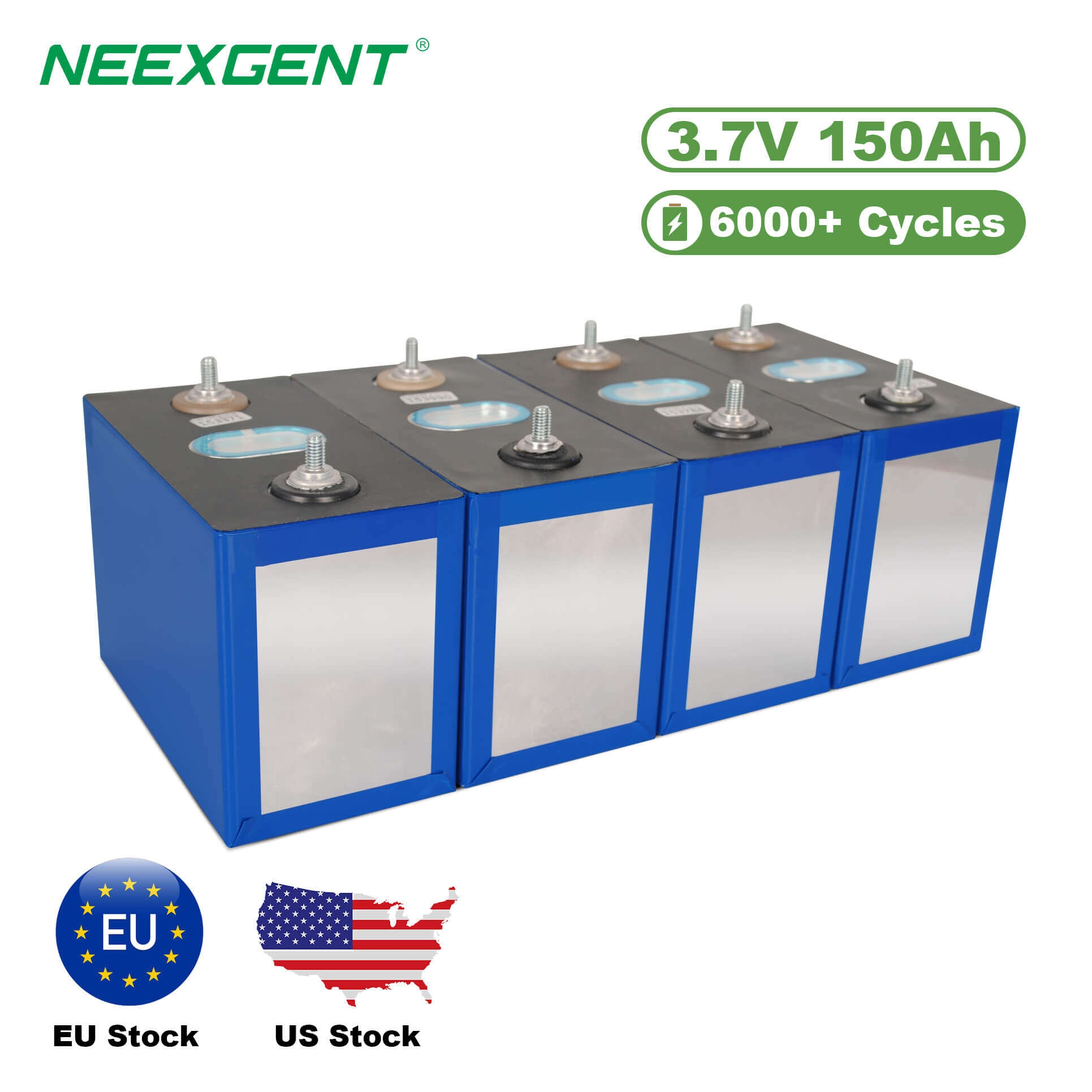Contents:
This professional battery calculator allows you to convert battery capacity from Amp-hours (Ah) to Watt-hours (Wh), and also estimate how long your battery will power a specific device based on load wattage and system efficiency.
Whether you're designing an off-grid solar system, evaluating backup battery life, or comparing battery sizes, this tool helps ensure your power planning is accurate, reliable, and efficient.
Understanding the Units: Ah vs. Wh

What is Amp-Hour (Ah)?
The ampere-hour (Ah) is a unit of electric charge. It tells us how much current a battery can deliver over time. Specifically:
1 Ah = 1 ampere of current delivered for 1 hour
It reflects the storage capacity of a battery without considering voltage. For example:
However, Ah does not account for power (energy delivered) unless voltage is specified.
What is Watt-Hour (Wh)?
The watt-hour (Wh) is a measure of energy — the total work a battery can do. It combines current, time, and voltage into a single expression:
1 Wh = 1 watt for 1 hour
Given that Power (W) = Voltage (V) × Current (A), it follows that:
Wh = Ah × V
This makes Wh a more comprehensive indicator of the actual usable energy in a system.
The Conversion Formula
To convert from Amp-hours (Ah) to Watt-hours (Wh), use the following formula:
Wh = Ah × Voltage
Example Calculation:
|
Amp-hours (Ah)
|
Voltage (V)
|
Watt-hours (Wh)
|
|
100 Ah
|
12 V
|
1200 Wh
|
|
200 Ah
|
24 V
|
4800 Wh
|
|
50 Ah
|
48 V
|
2400 Wh
|
This simple equation is the basis for all battery energy capacity estimations in both consumer and industrial applications.
Ah to Wh Conversion Table (Common Values)
|
Ah (Amp-Hour)
|
12V System
|
24V System
|
48V System
|
|
10 Ah
|
120 Wh
|
240 Wh
|
480 Wh
|
|
50 Ah
|
600 Wh
|
1200 Wh
|
2400 Wh
|
|
100 Ah
|
1200 Wh
|
2400 Wh
|
4800 Wh
|
|
200 Ah
|
2400 Wh
|
4800 Wh
|
9600 Wh
|
|
300 Ah
|
3600 Wh
|
7200 Wh
|
14400 Wh
|
This table helps quickly estimate energy capacity without the need for manual calculation.
Convert Amp-Hours to Watt-Hours – Interactive Calculator
Convert battery capacity from Amp-hours (Ah) to Watt-hours (Wh) using this simple yet powerful tool. Just enter the Ah and voltage, and instantly get the battery’s energy capacity in Wh.
Applications in Real-World Scenarios
Solar Energy Systems
In photovoltaic (PV) systems, battery banks are typically rated in Ah, but daily energy consumption is calculated in Wh or kWh. Accurate conversion is essential for:
-
Sizing the battery bank based on daily energy needs.
-
Estimating charge times and backup duration.
-
Optimizing inverter and charge controller compatibility.
Electric Vehicles (EVs)
EV battery packs are specified in kWh. However, technicians and engineers may receive data in Ah and need to convert values for diagnostics, range estimation, and system design.
Backup Power (UPS Systems)
When configuring an uninterruptible power supply (UPS), determining how long the system can power critical devices during an outage requires Wh calculations, even though battery capacity is often expressed in Ah.
Limitations and Considerations
-
Nominal vs. Actual Voltage: Batteries discharge over a voltage curve. Use nominal voltage (e.g., 3.7V for Li-ion, 12V for lead-acid) for approximations.
-
Depth of Discharge (DoD): Not all stored energy is usable. Consider DoD (e.g., 80%) when sizing systems.
-
Efficiency Losses: Conversion losses occur in inverters and circuits; typically 10–15% energy is lost.
-
Temperature and Ageing: Battery performance degrades over time and in extreme temperatures, affecting actual Wh delivery.
Reverse Conversion: Wh to Ah
Need to go the other way? Use:
Ah = Wh / Voltage
Example: If you have a 1200Wh device and a 12V battery:
Ah = 1200 / 12 = 100Ah
You would require at least a 100Ah battery at 12V to meet the energy requirement.
Battery Runtime Estimator
In addition to converting Amp-hours to Watt-hours, many users also need to estimate how long a battery will power a specific load. This is especially critical for:
To estimate runtime, you need to know the total energy available in the battery (Wh) and the load power consumption (W).
Runtime Formula:
Runtime (hours) = Battery Wh / Load Power (W)
Example:
Let’s say you have a 12V, 100Ah battery:
Wh = 12V × 100Ah = 1200Wh
If you're powering a 100W device:
Runtime = 1200Wh / 100W = 12 hours
But if the device consumes 300W:
Runtime = 1200Wh / 300W = 4 hours
Don’t Forget Efficiency Losses
In real-world scenarios, system losses must be considered due to inverters, temperature, aging, etc. Most systems have 85–90% efficiency. Adjust the formula:
Runtime = (Battery Wh × System Efficiency) / Load Power
Assuming 90% efficiency:
Runtime = (1200 × 0.9) / 100 = 10.8 hours
Battery Runtime Estimator Table
|
Battery Size (Ah)
|
Voltage (V)
|
Load Power (W)
|
Efficiency
|
Estimated Runtime
|
|
100 Ah
|
12V
|
100 W
|
90%
|
10.8 hours
|
|
200 Ah
|
24V
|
200 W
|
90%
|
21.6 hours
|
|
100 Ah
|
48V
|
300 W
|
85%
|
13.6 hours
|
|
150 Ah
|
12V
|
150 W
|
88%
|
10.6 hours
|
|
50 Ah
|
24V
|
100 W
|
90%
|
10.8 hours
|
This table assumes fully charged batteries and average system efficiencies.
Battery Runtime Estimator – Calculate Device Power Time

Estimate how long your battery will power a device based on its load power consumption and system efficiency. Simply input your battery’s Watt-hour capacity, the device's wattage, and the efficiency percentage to calculate runtime in hours.
Conclusion
The tools provided in this guide — including the Ah to Wh Conversion Tool and the Battery Runtime Estimator — serve as practical, professional-grade solutions for engineers, technicians, and informed DIY users. These calculators reduce guesswork, eliminate math errors, and ensure data-driven decisions.
As energy systems become more complex and battery-powered devices more ubiquitous, precision in energy planning becomes not just helpful, but essential. Whether you're sizing a solar array, selecting batteries for an electric boat, or simply trying to keep your camper running overnight, this guide arms you with the calculations — and tools — needed for success.







